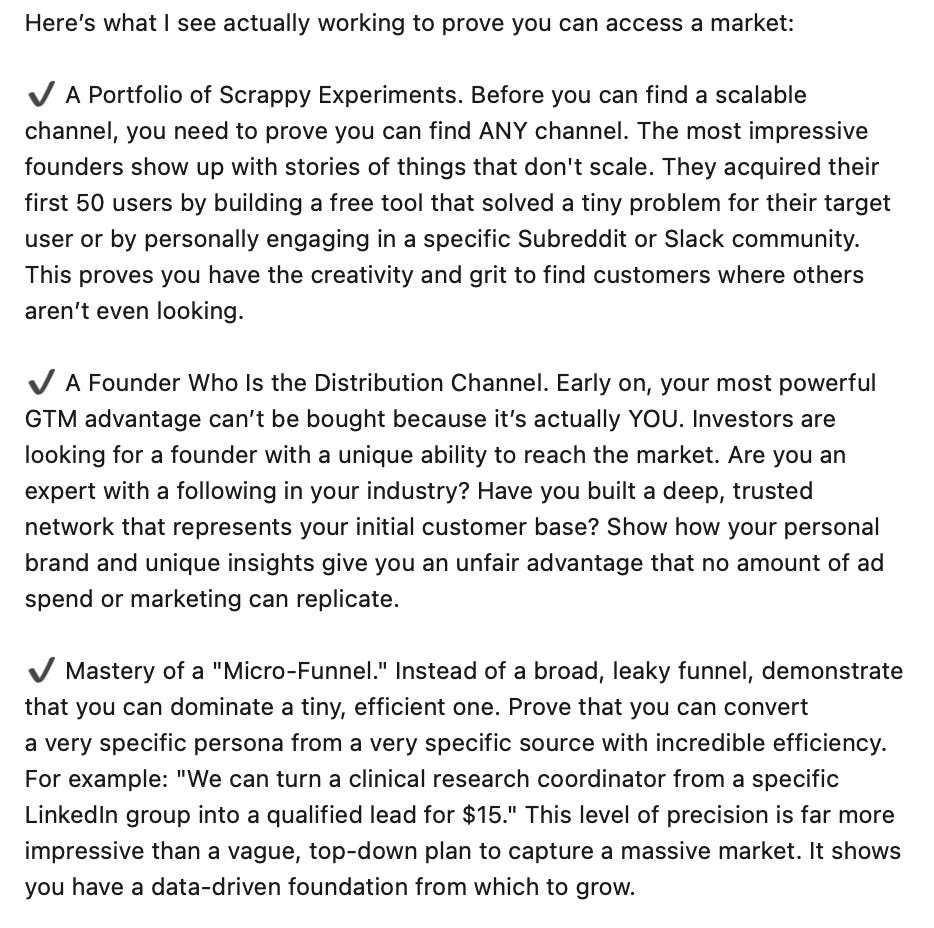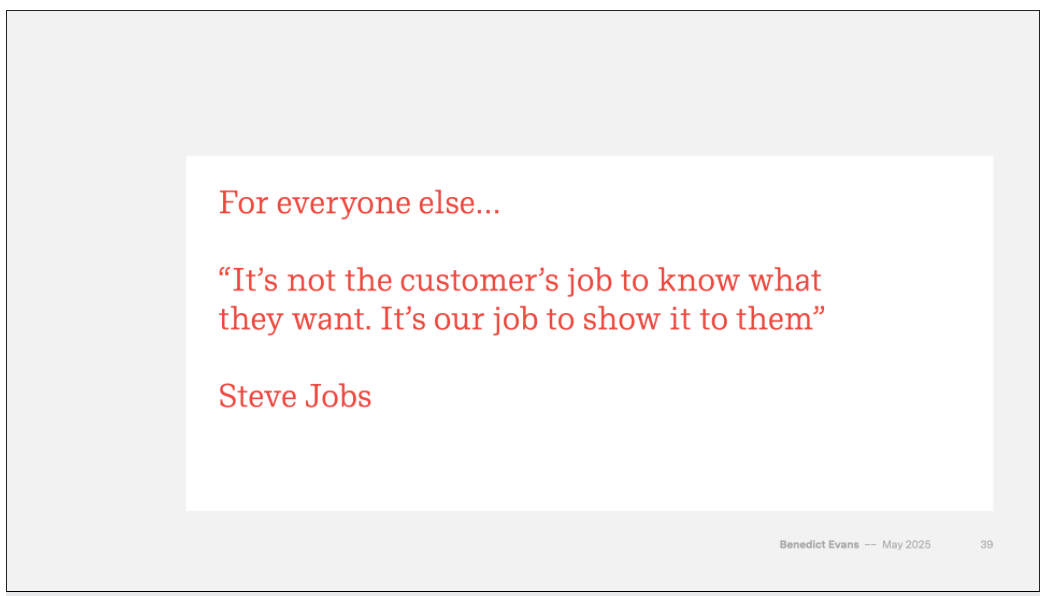Term Sheet Basics
We’re back! This week, we bring you a webinar on term sheets, a better way to articulate GTM plans to investors, and one big AI report.
Greetings! Hope you’ve found some time to enjoy summer. It’s going fast!
📓 Term Sheets 101
In a webinar (pass to view: F?s$b2?1) hosted by Mercury, Cody Gaynor from Wilson Sonsini discusses the key elements founders should understand before signing any term sheet. He emphasizes the utility of NVCA model documents in streamlining financing negotiations and curbing legal expenses, encouraging founders to become familiar with these docs before fundraising. Cody also advised founders to resist short decision deadlines, instead taking time to review term sheets and engage with other prospective investors to cultivate additional interest. Lastly, he highlighted the importance of understanding protective provisions, board control dynamics, and timing of option grants before new rounds to avoid common surprises.
“As soon as you get a term sheet, your 409A valuation is dead.” — Cody Gaynor
STV Take: It’s especially important for founders to understand how timing and structure can impact their cap table and option grants. As Cody succinctly put it, "As soon as you get a term sheet, your 409A valuation is dead." This means the cost of issuing ungranted options can spike, making them less appealing and less rewarding for employees.
To stay ahead of this—and potential dilution risks from SAFEs—founders should maintain a pro forma cap table. This involves tracking all employee or advisor grants and non-equity investment instruments like SAFEs or convertible notes. Before fundraising, proactively modeling various scenarios, including the effects of SAFEs, option pools, and new capital, helps founders clearly see these impacts and avoid surprises. Such preparation not only safeguards an early team's equity incentives but also facilitates quicker, smoother fundraising discussions.
🚩 Generic GTM Plans
Jenny Fielding shared a LinkedIn post articulating what investors find compelling in a GTM plan at the Seed stage. It's no shock that generic tactics like content marketing and paid social aren't enough to secure investment conviction. These undifferentiated strategies offer low ROI. What does capture investors' attention, however, is a founder's ability to experiment and pinpoint a viable channel, no matter how niche.

STV Take: Paid social and content marketing are not only saturated and expensive, but as Jenny suggests, relying on these go-to-market (GTM) strategies also reveals a lack of unique insight from the founding team. It potentially indicates an inability to grasp the subtleties of potential target customers. Selling is challenging, and investors seek teams capable of rapid learning and experimentation. It’s okay if things don’t scale in the early days; the crucial piece is unlocking insights that solve another piece of the GTM puzzle.
😋 🌎 AI Eats the World
Benedict Evans released his annual presentation on the macro trends influencing the tech industry. As you might have guessed, this year’s presentation focuses on the state of AI, where we are in the hype cycle, and what could come next. While there is a ton of experimentation and piloting of AI, the reality is that adoption always takes time. Benedict uses the example of cloud computing and the eye-opening stat that despite cloud feeling “old and boring” (at least for tech people), only 30% of enterprise workflows happen on a third-party provider cloud.

STV Take: Benedict raises a good point regarding AI's enterprise use cases and potential ROI. Despite widespread experimentation with LLMs, many consumers and businesses grapple with the complexity of meaningfully integrating AI into workflows. This is evidenced by slide 32, where over 40% of corporate respondents cited a lack of "expertise" as a reason for AI adoption hesitation. While LLMs are powerful, optimizing their efficiency within new AI workflows requires significant tinkering. This explains the traction early-stage companies are gaining with what appear to be point solutions for very specific workflows. There's a clear awareness and curiosity about the AI platform shift, but the average buyer requires guidance on how and where to implement it.



